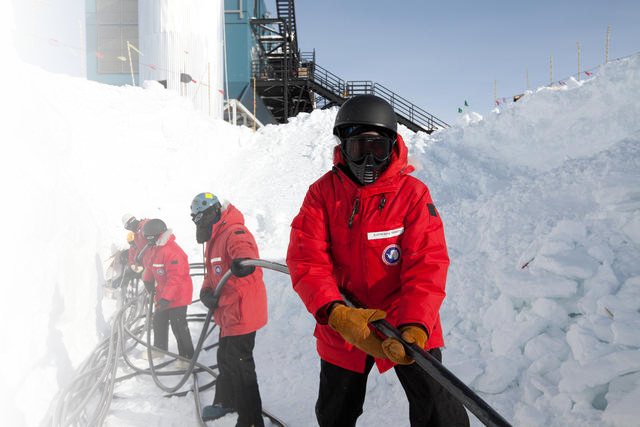

And therein lies the challenge of any research venture based on neutrino counts. A neutrino can easily transect a million Earths, all lined up in a row. Billions of these peewee interlopers, most originating in Earth’s atmosphere or the sun’s core, pass through our bodies every second, yet the odds of an interior collision are remote. Nobel Prize-winning physicist Leon Lederman described neutrinos as “barely a fact,” while others have labeled them ghost particles. Neutrinos are the most nonreactive of subatomic particles, breezing their way through seemingly impenetrable barriers.

As for why he had undertaken the search, Reines remarked: “Because everybody said, you couldn’t do it.” Not until 1956 was Pauli’s hypothesized particle finally spotted, by Frederick Reines and Clyde Cowan at the Savannah River nuclear reactor in South Carolina. At stake was the very validity of the law of energy conservation, one of the bedrock principles of physics. This conjecture was, he admitted, a “desperate remedy” to a troubling inconsistency in the radioactive decay of atomic nuclei. In December 1930, physicist Wolfgang Pauli sent his colleagues a letter that began, “Dear Radioactive Ladies and Gentlemen,” in which he postulated the existence of a nearly massless, electrically neutral particle: the neutrino.


 0 kommentar(er)
0 kommentar(er)
